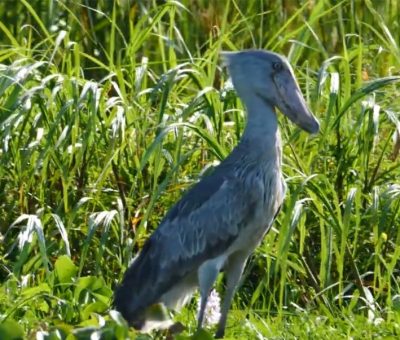
5 DAYS QUEEN ELIZABETH BIRDING SAFARI
Albertine rift endemics, Rwenzori highlands endemics, west African tropical endemics, shoebill stork, riverine and papyrus species...

8 DAYS QUEEN ELIZABETH- PRIMATES SAFARI
Gorilla trekking, golden monkeys, Kazinga channel, boat cruise, birding, chimpanzees, game drives, horse riding tours..

10 DAYS QUEEN ELIZABETH-GORILLA-CHIMPANZEE SAFARI
Gorilla trekking, chimpanzees, golden monkeys, rhino tracking, Murchison falls, birding, hot springs, boat cruise, nature walks...

15 DAYS QUEEN ELIZABETH- UGANDA WILDLIFE SAFARI
Kazinga channel, Gorillas, golden monkeys chimpanzees, cheetahs, ostriches, Africa's big 5, Murchison falls, crater lakes, hot springs, lake Victoria.....

19 days queen Elizabeth-GORILLAS-SOURCE OF THE NILE-MASAI MARA-DIANI EXPERIENCE
Kazinga channel, gorillas, chimpanzees, source of the Nile, flamingos, wildebeests migration, white sand beaches....

18 DAYS BIRDING QUEEN ELIZABETH- UGANDA SAFARI
Shoebill stork, ostriches, African fish eagles, king fisher species, rhino tracking, gorillas, chimpanzees, hot springs, Murchison falls, lake Victoria.....









